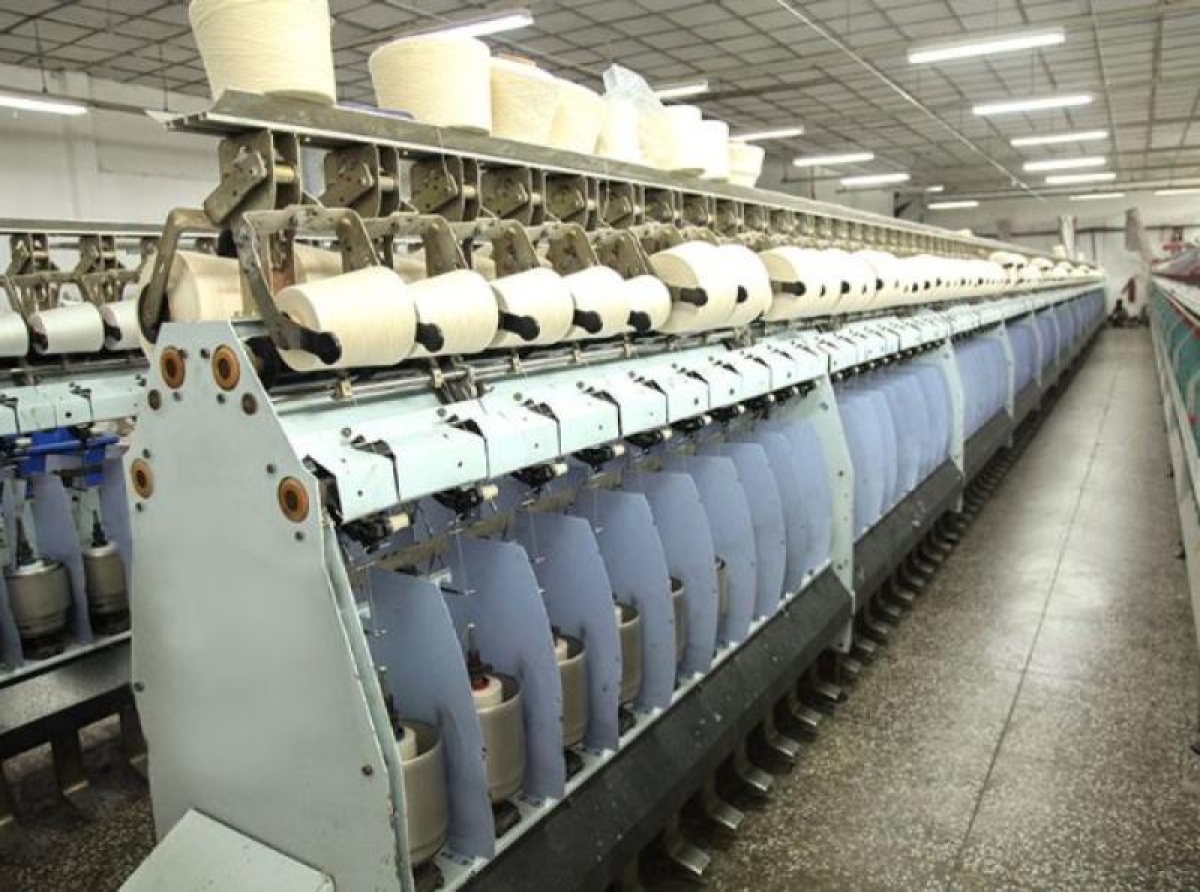31 May 2023, Mumbai
Gujarat state still retains some English culture even though India has been independent for 73 years. Yes, Ahmedabad, our very own Manchester, is what we're referring to.
Ahmedabad, the sixth-largest city in India and a prosperous hub was not a product of British colonial rule. Instead, it had already established itself as a center for trade and industry prior to the arrival of the British. This historical background enabled the city to adapt to the changing times and embrace the advancements of the new age.
Revisiting Ahmedabad: A Window into Indian Urban History
The English city is well known for its industrial past and cotton mills, which is well represented in Ahmedabad's textile past. Both cities have lovely riverfront settings (the River Mersey in Manchester and the River Sabarmati in Ahmedabad), and the climate is ideal for spinning cotton.
Drawing parallels to Manchester, a city renowned for its industrial prowess, Ahmedabad showcases its own transformation and resilience. By focusing on this particular city, the author provides a microcosm of Indian urban history, shedding light on its complexities and unique dynamics.
Kaleidoscope
Through this lens, Ahmedabad becomes a captivating case study, enriching our understanding of the broader urban landscape in India.
This insightful exploration delves into the urban history of Ahmedabad, a city with a unique experience in India. Unlike other cities, Ahmedabad, the capital of Gujarat State, holds a distinct place in the country's narrative. Once home to influential figures like Mahatma Gandhi and Sardar Patel, it offers a compelling perspective on the evolution of urban life.
Discover Ahmedabad
Continue reading to learn more about Ahmedabad and discover why it is aptly referred to as the Manchester of India. As was already noted, Ahmedabad is located on the banks of the Sabarmati River, much like Manchester in England. Because of the area's prolific cotton output, it is simple for textile factories to obtain raw materials.
The nearby villages efficiently supply both skilled and unskilled employees. Additionally, Ahmedabad has excellent connectivity to all significant Indian cities, enabling efficient distribution of finished goods.
Another factor supporting Ahmedabad's comparison to Manchester is the city's vibrant, aesthetically pleasing, and well-lit streets, which are teeming with people wearing traditional attire and their vivacious talk.
The city's culture is firmly anchored in customs and holidays that are cherished and observed with great fervor.
Important cultural integrity of cotton in Ahmedabad
In Shahpur, Ahmedabad, a brilliant businessman named Ranchhodlal Chhotalal established the first textile plant. Ahmedabad Spinning and Weaving Company Limited was established in 1861. There was no turning back after that.
By the turn of the 20th century, over 33 mills were up and running, and Ahmedabad was gaining a reputation as the nation's leading textile provider. It was just a matter of time before it earned the moniker "Manchester of India," which was popularised by renowned businessmen Kasturbhai Lalbhai and Ambalal Sarabhai.
The title seemed more than appropriate given that the textile export industry also began to flourish.
The historical heritage of textiles in the city
In addition to what has already been mentioned about Ahmedabad's performance in the textile industry, you may find it interesting to know that Gujarat led all cotton producers in 2020 with 125 lakh bales produced. And a large portion of this amount came from Ahmedabad.
The majority of the credit for Ahmedabad's reputation as India's denim capital goes to Arvind Mills, which is located close to the Sabarmati River. Gujarat increased its utilization of spindles by 1 million after the release of the Textile Policy in 2012.
Therefore, it is not surprising that the state has multiple textile parks and holds a key place in the production of woven fabrics. Numerous textile schools with the most recent equipment and technology are located in Ahmedabad. Additionally, its textile industry is worth about $25 billion.
Gateway
Thanks to the many textile museums that dot the city, Ahmedabad can introduce you to India's textile prowess on a global scale. In addition, a trip to the serene Sabarmati Ashram is essential to learn more about India's struggle for independence.
For some peace and quiet or to partake in water sports and balloon safaris, nature enthusiasts can visit Kankaria Lake.
Aficionados of history and architecture will be captivated by the delicate carvings and incredible structure of the Sarkhej Roza Tomb and Stepwells Adalaj.
Around Manek Chowk, you can also take a history stroll or tuck into mouthwatering street food. You're in for a treat if you schedule your trip to Ahmedabad for the nine months of November to February.

























